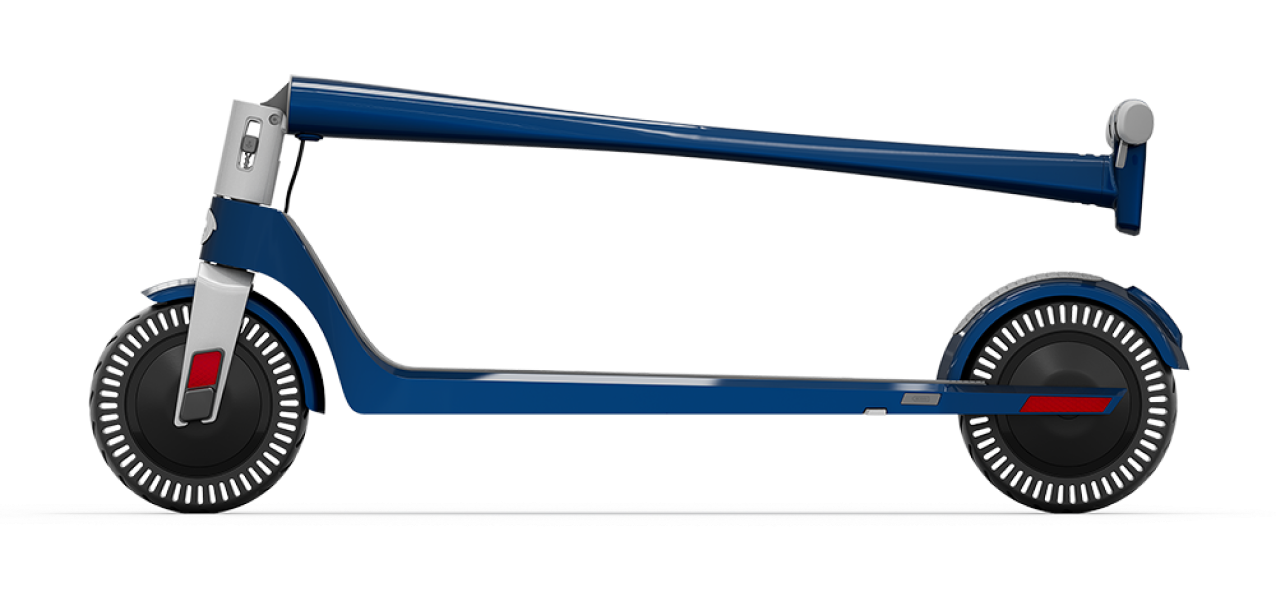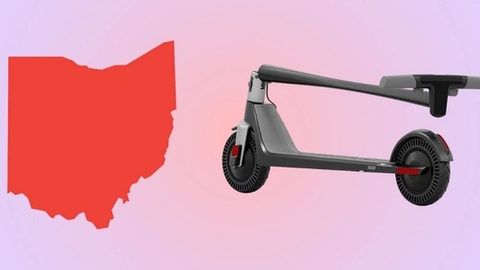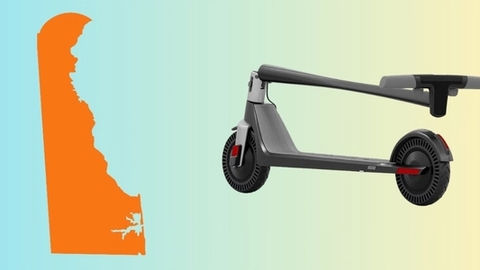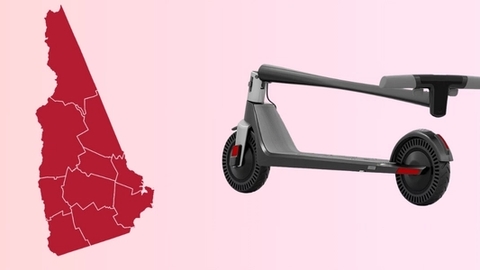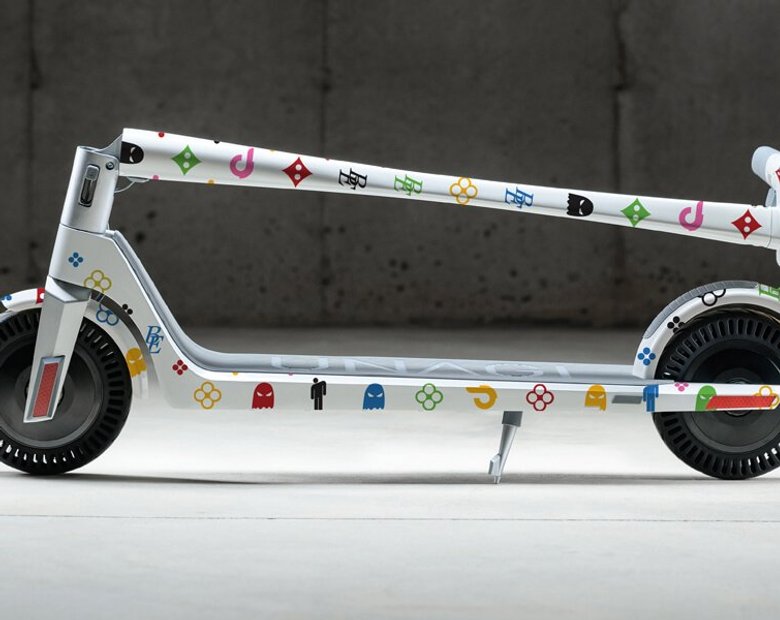Micromobility is here to stay, and it’s changing how we experience urban life for the better. With Unagi’s membership program, you can enjoy all the benefits of a top-tier electric scooter without the sky-high price of ownership or the inconvenience of ride-sharing.
In this article, I'll answer: How long does charging an electric scooter battery take? I'll show you how to calculate approximate charging hours using battery and charger values that usually sound gibberish. I'll also explore the factors that affect charging times and offer tips to help you manage battery charging efficiently.
How Long Does an Electric Scooter Take to Charge?
The time it takes to charge an electric scooter can vary quite a bit depending on several factors, such as the scooter's battery size, the charger’s power, and how empty the battery was when you started. Typically, charging times range from as little as 4 hours to as much as 20 hours, depending on the model and battery charger you’re using.
For example, the Unagi Model One Classic takes about 4.5 hours to charge. This model comes with a 259Wh (9Ah) battery paired with a 67.2W charger, which is pretty standard for a lightweight commuter electric scooter.
High-end fast models like the Minimotors Dualtron Storm or Kaabo Wolf Warrior X can take much longer to charge, typically around 10 hours or more, because they have huge batteries, sometimes up to 3000Wh. However, many of these scooters also come with fast charger options that can bring charging times down to under 10 hours.
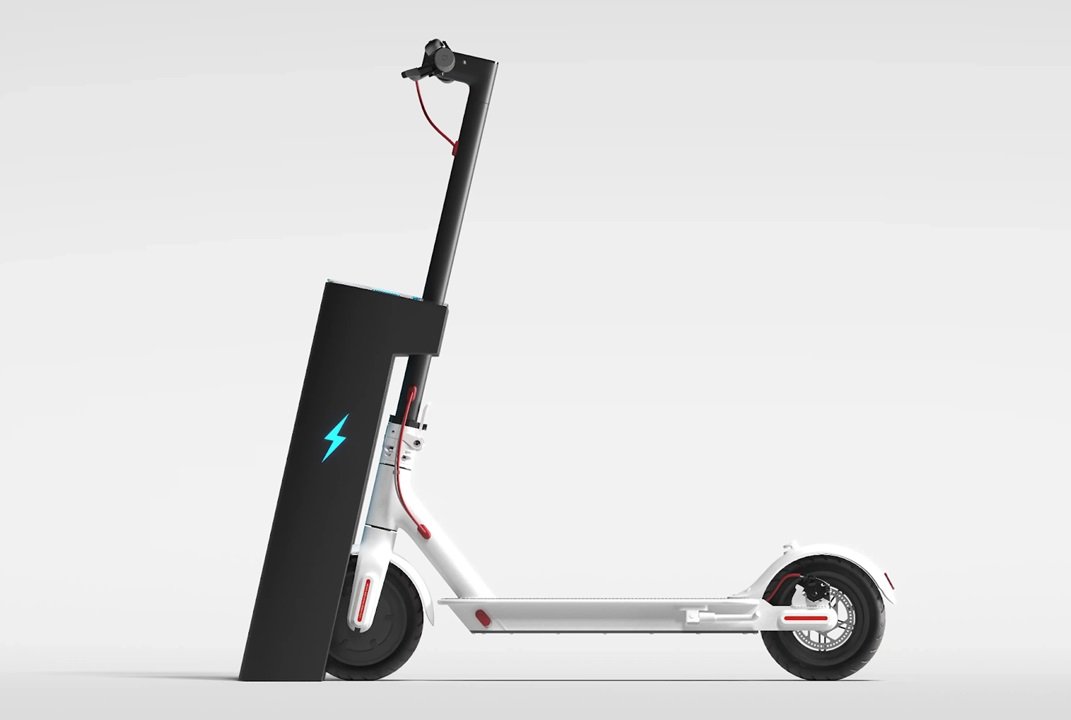
What Is the Average Charging Time for E-scooters?
Despite that big range I mentioned earlier, most scooters fall somewhere in the middle. For your typical e-scooter, you're usually looking at 4 to 8 hours to go from empty to full.
Understanding Charging Time
Charging time for an electric scooter battery depends on several factors. These are:
Battery Capacity: The Bucket
Battery capacity, measured in watt-hours (Wh) or amp-hours (Ah), tells you how much energy the battery can store.
Think of it like filling a bucket with water—the bigger the bucket, the longer it takes to fill. So, a larger battery will take more time to charge but will give you greater range. For example, a scooter with a 360Wh (10Ah) battery would take about 3 hours to charge, while one with a 480Wh (10Ah) battery might take up to 6 hours.
But things get interesting when you compare the two Unagi models. The Unagi Model One Classic has a 259Wh battery, while the Voyager has a larger 360Wh battery. You’d expect the Voyager to take longer to charge, right? But it doesn’t. Why? That brings us to the next point.
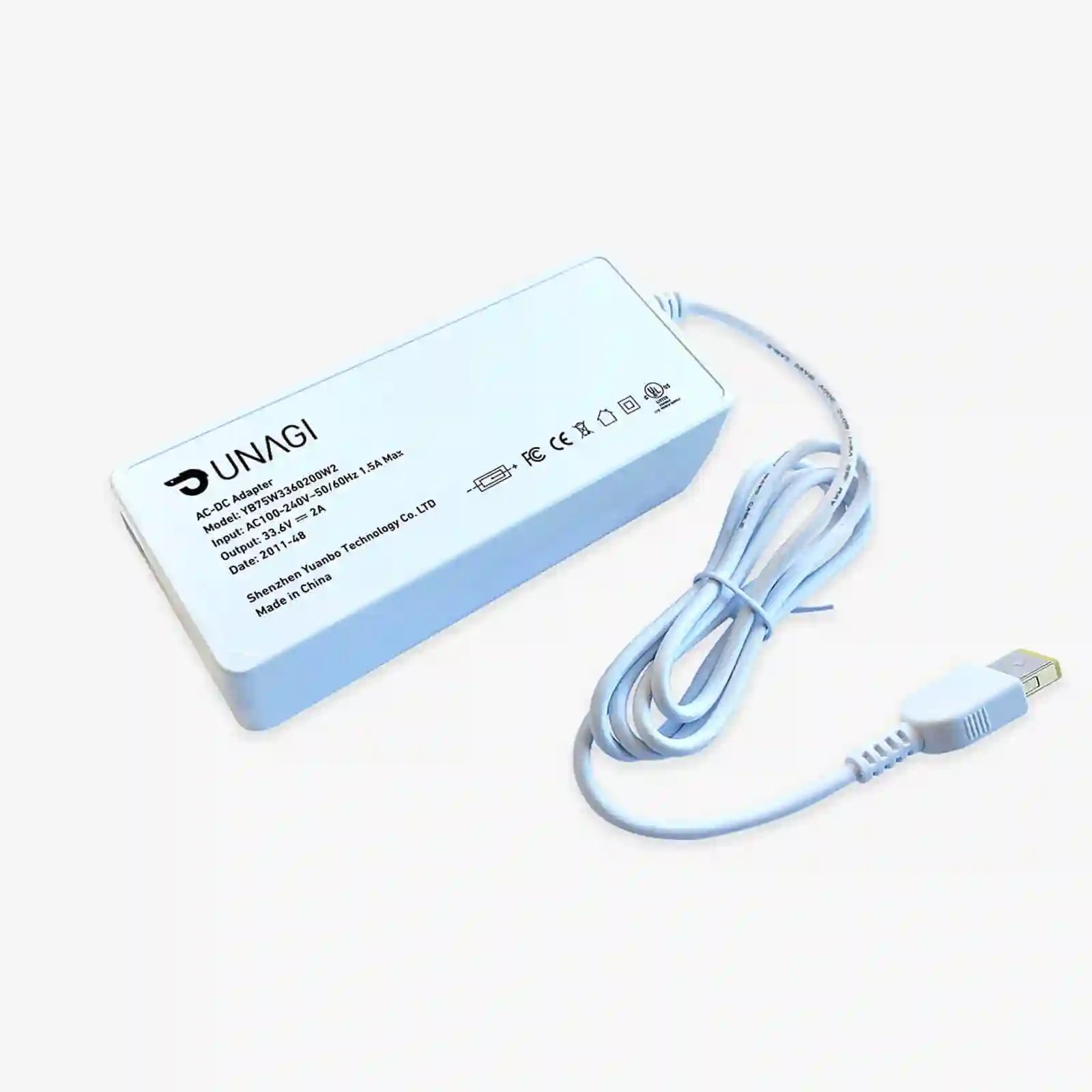
Charger Power: The Size of the Hose
The charger’s power is like the size of the hose filling your bucket. It’s measured in watts (W). More powerful chargers can deliver more energy to the battery in less time, which means faster charging.
For example:
- The Model One Classic has a 67.2W charger (33.6V, 2A).
- The Model One Voyager uses a more powerful 126W charger (42V, 3A), almost twice as powerful as the Classic’s.
- This is why the Voyager, despite having a larger battery, charges faster than the Classic.
This is the same principle behind fast chargers: they increase power delivery by raising either the voltage (V), the current (A), or both to reduce charging time. Most electric scooter fast chargers keep the voltage constant (matching the scooter's battery pack) and increase the current instead to speed up the charging process.
Charging Efficiency: The Leaky Bucket
Not all the power from the battery charger makes it into the battery. Some of it is lost as heat. Lithium-ion batteries are quite efficient, converting about 90-95% of the energy they receive. However, that 5-10% loss explains why your electric scooter gets warm while charging.
The Charging Curve: The Slowing Hose
Electric scooter batteries don’t charge at a constant speed. They charge faster at the start and then slow down as they approach full capacity. This slowdown happens because most modern electric scooters have a battery management system (BMS). The BMS ensures the battery’s safety by gradually reducing the power input as the battery nears full charge, preventing overcharging and overheating.
Here’s how the charging times break down for the Unagi electric scooters:
Model One Classic:
- 0-50%: 1 hour
- 0-80%: 3.5 hours
- 0-100%: 4.5 hours
Model One Voyager:
- 0-50%: 1 hour
- 0-80%: 2 hours
- 0-100%: 3 hours
You’ll notice that the first half of the charge happens quickly, gaining 50% in just an hour. But as the battery nears full capacity, the pace slows, with the final 20% taking an additional hour.
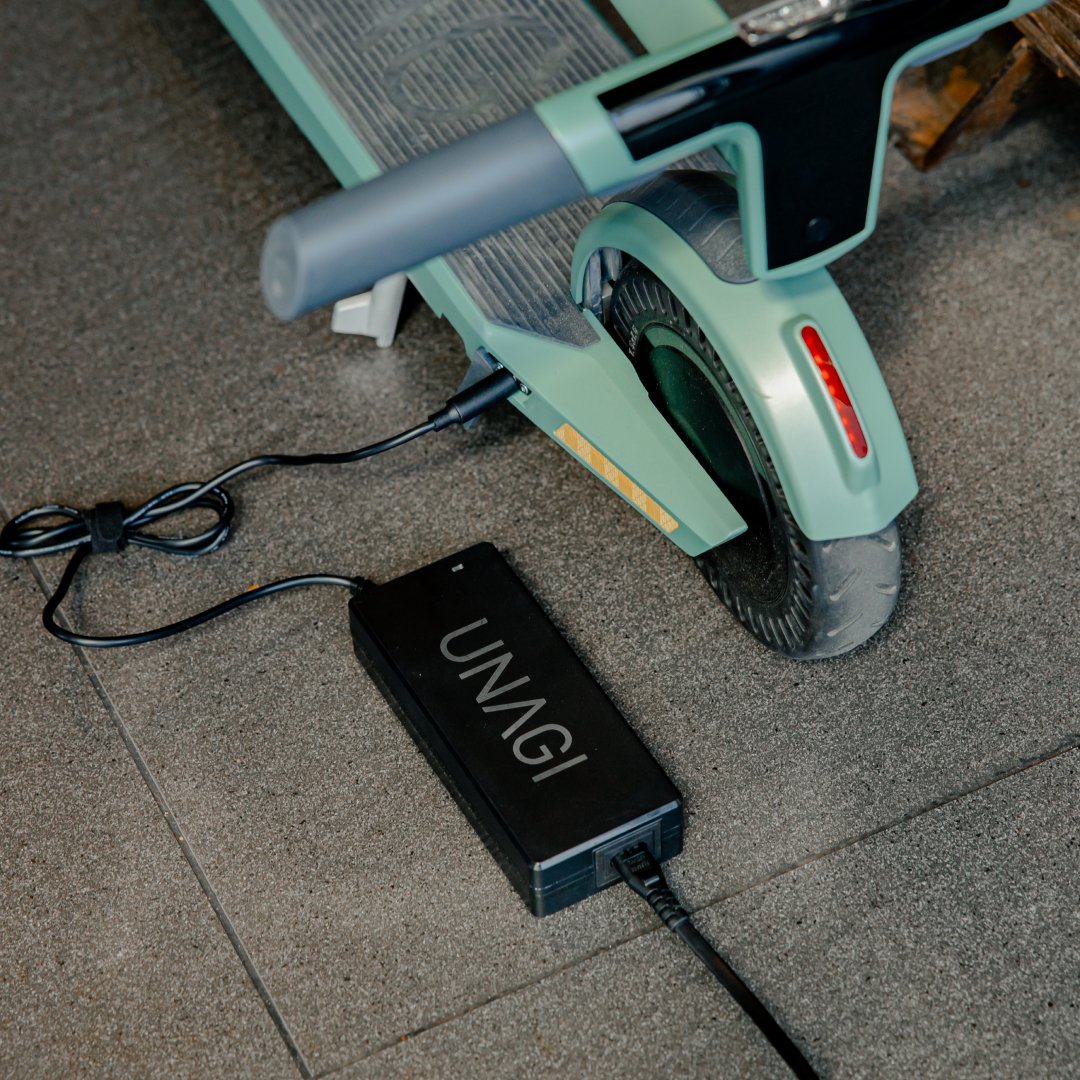
How to Estimate Charging Time
To estimate how long it will take to fully charge an electric scooter battery, you need two key pieces of information: the battery capacity and the charger's power output. The following formula gives a simple way to calculate charging time:
Charging Time (hours) = Battery Capacity (Wh) / Charger Power (W)
Remember how we said some energy gets lost as heat? We need to account for that. So, we tweak our formula:
Here’s the updated formula:
Charging Time (hours) = Battery Capacity (Wh) / (Charger Power (W) × Charge Efficiency)
For most electric scooters with lithium batteries, the efficiency is about 90-95%. Lead-acid batteries are a bit worse at 80-85%.
Let's Try It Out
Say you've got an electric scooter with a 300Wh (10Ah) battery and a 75W (2.5A) charger. Without considering efficiency, it'd take 4 hours to charge (300Wh / 75W = 4 hours).
But let's be realistic and factor in 90% efficiency:
Charging Time = 300Wh / (75W × 0.90) ≈ 4.44 hours
That's about 27 minutes longer than our first guess. Not huge, but it adds up.
Also, while the formula provides a solid estimate, the actual charging time may vary due to other factors like extreme temperatures and battery health.

Estimating Charging Time Using Amp-Hours (Ah)
This calculation is based on knowing the battery energy capacityin Ah (ampere-hours) and the charger’s output current in amperes (A). The formula for estimating charging time using amp-hours (without considering efficiency) is:
Charging Time (hours) = Battery Capacity (Ah) / Charger Output Current (A)
However, like with watt-hours, it's important to consider charging efficiency to get a more accurate estimate. Here’s the updated formula:
Charging Time (hours) = Battery Capacity (Ah) / (Charger Output Current (A) × Charge Efficiency)
For the same battery above, with a capacity of 10Ah and a charger output of 2.5A:
- Charging Time (without considering efficiency) = 10Ah / 2.5A = 4 hours
But let's be realistic and factor in 90% efficiency:
- Charging Time (with efficiency) = 10Ah / (2.5A × 0.90) ≈ 4.44 hours
This method gives a good estimate, but as with the watt-hour method, system inefficiencies may cause the actual charging time to be slightly longer.
Factors Affecting the Charging Times of E-Scooters
Beyond the previously discussed factors that influence charging time—such as:
- Battery Capacity: Larger scooter batteries offer more range but take longer to charge.
- Charger Power: Higher wattage chargers deliver energy faster.
- Charging Efficiency: Not all the energy from the charger is converted into stored battery power due to energy losses.
- Voltage and Current Limitations: The charger’s output sets an upper limit on charging speed.
There are several other factors that can impact how long it takes to charge an electric scooter:
Battery State of Charge
The first 50% of a charge usually zips by much quicker than the last 50%. This is because most e-scooters use trickle charging toward the end of the cycle to protect the battery’s health. This gradual slowdown helps prevent overcharging and extends the battery’s lifespan.
Ambient Temperature
Extreme heat or cold can slow down charging or even damage the battery. For optimal charging performance, keep your scooter in an environment between 5°C and 45°C.
Battery Age and Condition
An aging/ dead battery might take longer to charge and won't hold as much juice. To preserve battery life, avoid running it completely flat and try to charge after each ride.
Battery Type
Most modern electric scooters, including the UNAGI models, use lithium-ion batteries, which charge quickly, have no memory effect, and maintain good capacity over multiple charging cycles. Some older or budget electric scooters might use lead-acid batteries. These take longer to charge and have a shorter lifespan.
A lithium battery of the same capacity can charge 3-4 times faster than a lead-acid battery.
How Can I Reduce the Charging Time of My Electric Scooter?
If you're like me and don’t like waiting around for your scooter to charge, here are a few ways to speed things up:
- Use a Fast Original Charger: If your electric scooter supports it, upgrading to a fast charger with higher wattage can significantly reduce charging time. However, make sure the fast charger is compatible with your specific scooter model to avoid damaging the battery. Overall, a fast charger will slightly affect your battery health as it produces more heat and stress than a normal charger.
- Use the manufacturer-provided charger, which is optimized for your scooter's battery.
- Charge at Moderate Temperatures: Aim for 5-45°C. Too hot or too cold, and your battery gets sluggish.
- Avoid Fully Draining the Battery: Keeping your battery above 20-30% and avoiding full discharge can improve charging efficiency. This allows you to “top up” the charge faster, reducing overall time spent charging.
- Charge to 80% instead of 100% (remember, that last 20% takes forever). Charging to 80-90 % is also advised, as it will help extend its overall battery life.
Can I Overcharge Electric Scooter Battery?
Modern e-scooters come equipped with built-in Battery Management Systems (BMS) that prevent overcharging. Once the battery reaches 100%, the system stops drawing power, so technically, you can’t "overcharge" the battery.
However, leaving your scooter plugged in all the time isn’t the best practice. Keeping a lithium-ion battery at full charge can degrade it faster over time than maintaining it between 20% and 80%. This happens because lithium-ion batteries experience the most stress when fully charged. Even after charging stops, the chemical reactions that cause degradation continue at a slower rate. Over time, this can reduce the overall battery longevity.
For more tips on how to prolong battery life, check out our guide on maximizing electric scooter battery life. This guide covers everything from optimal charging practices to storage tips.
Can I Leave My E-scooter on Charge Overnight?
This question follows naturally from the previous one about overcharging. While it’s technically safe to leave your e-scooter charging overnight—thanks to the BMS protecting it from overcharging—it’s not the best practice for long-term battery health. Additionally, although rare, there’s always a small risk of electrical issues when devices are plugged in for extended periods.
Instead of leaving the charger plugged overnight, try to time your charging so it finishes just before you need to use the electric scooter. For example, if you need it ready for a morning commute, plug it in when you get home and unplug it before bed. If you must charge overnight, consider using a smart plug that cuts off power after a certain time.
For a comprehensive guide on how to charge your electric scooter properly, you can refer to our detailed article on how to charge an electric scooter properly.

Stay current with the latest U.S. electric scooter laws in our 2025 guide. Updated annually since our first comprehensive guide, ensuring you have the most recent state and city regulations to ride responsibly”
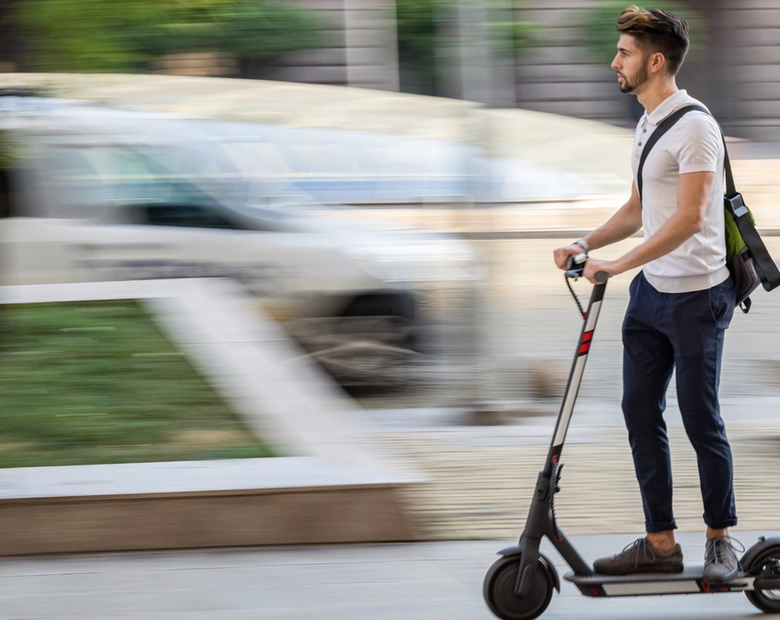
The Slack Core 920R is currently the fastest electric scooter in 2025 that you can purchase without the need for pre-order.
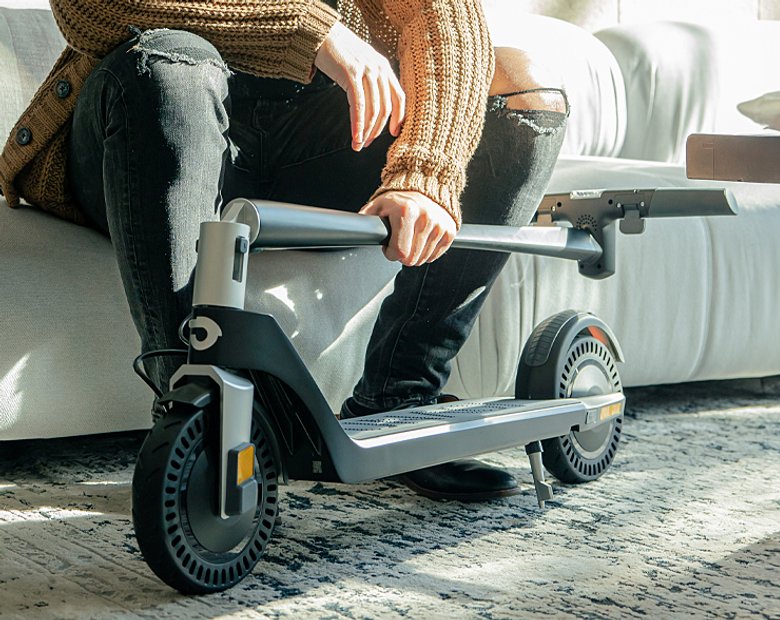
Our selection of the best electric scooters 2025 spans the fastest e-scooters to the most portable ones, the ones designed for city riding and off-road, the best scooters for rain, budget electric scooters for students, and more powerful ones for skilled riders.
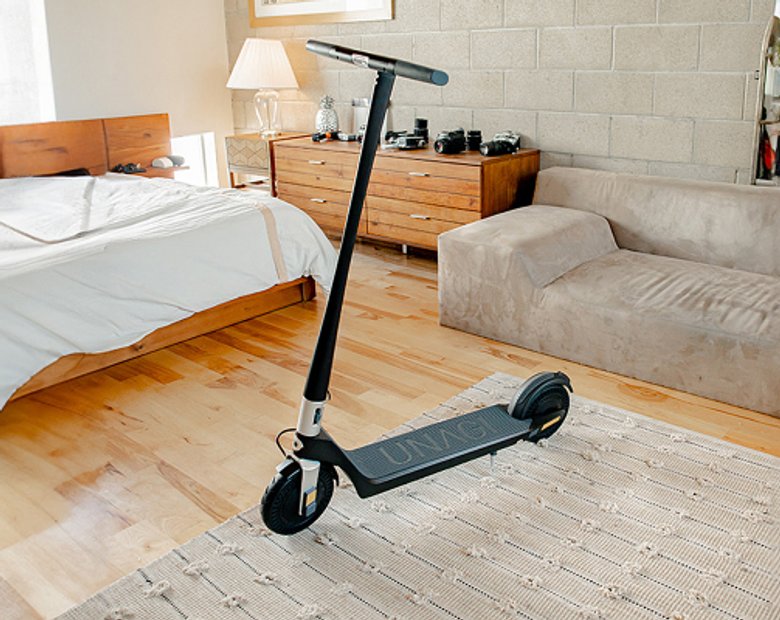
The Unagi Voyager is the best lightweight electric scooter for adults and teenagers. It is the ultraportable sequel to its predecessor, the Unagi Model One Classic.

If you're wondering whether an electric scooter with a seat is right for you, this is a detailed article that would suit your need.
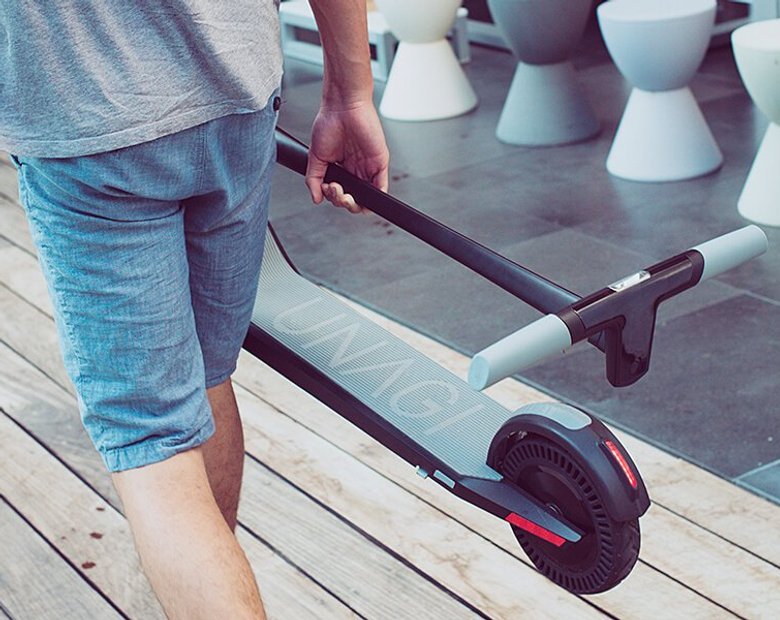
Understand which personal electric vehicle is best, the choice between an electric bike or electric scooter might already be made for you by some critical factors, including portability and storage capacity.
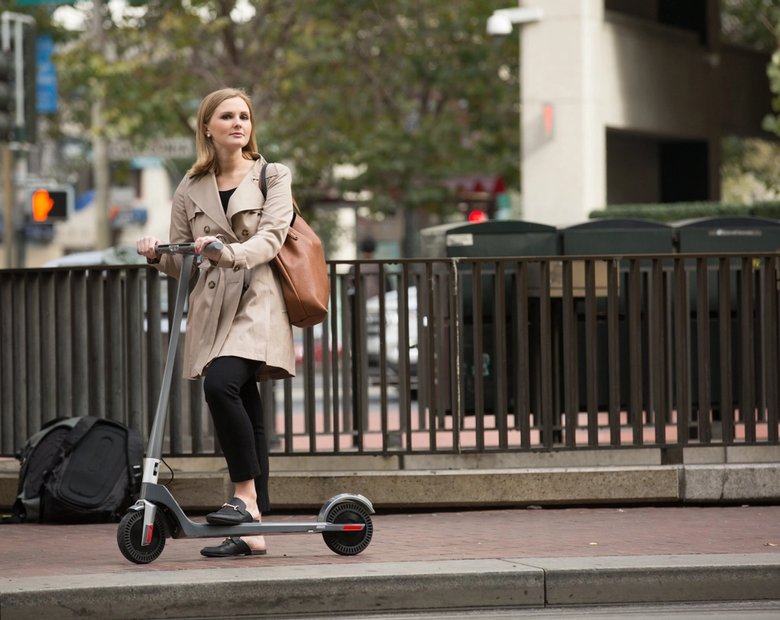
In the U.S., most states don't require a license. For those that do, they usually just ask for a regular driver's license or a learner's permit.
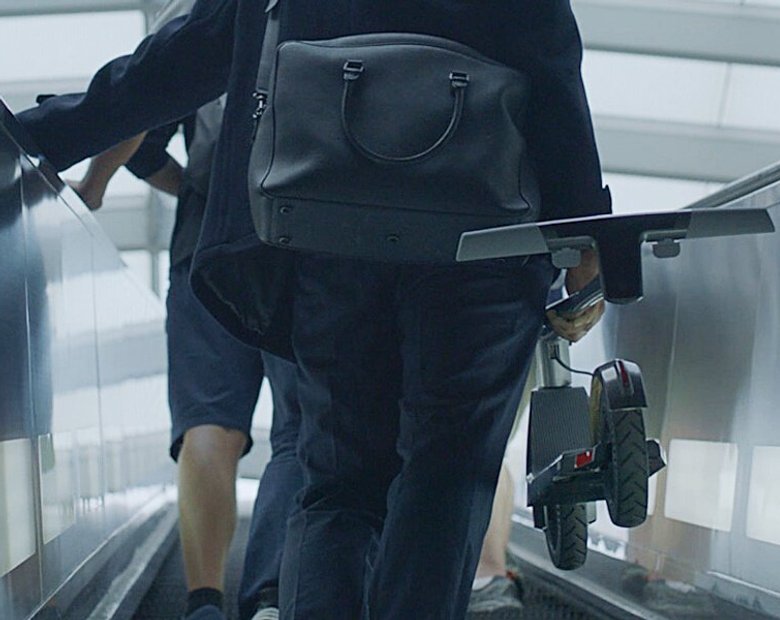
Yes, you can bring an electric scooter on a plane, but it needs to have a lithium battery smaller than 100 watt-hours, which most don't.

Manufacturers advise against riding electric scooters in the rain. The main reasons are: water can fry the electronics, make the ride dangerous, and void your warranty.

The basis and the premise of my work is that we either operate out of love or we operate out of fear...Time is currency. The coolest thing about the scooters is that it's really quick, and it goes uphill. From there, traveling more efficiently and having a good time doing it--I think that's the most important thing.

Cynthia Leu has a full plate. A tech worker by day, Cynthia spends her off time balancing the parallel lives of a powerlifter, entrepreneur, mental health advocate, and more. Riding Unagi helps this USMC veteran cut down on everyday…

https://www.youtube.com/watch?v=7m2hVBE62LY Rasheed Muhammad is sick of Los Angeles traffic. In order to preserve his sanity, Rasheed has traded his everyday driving habit for the portable and beautiful Unagi Model One. It’s an essential accessory for navigating LA streets -- and…

Rich Lee, Co-Founder of San Francisco’s SPRO Coffee Lab, wants to share his love for coffee with the world. He depends on riding Unagi to avoid the hassle of navigating the parking crunch in the booming Mission Bay neighborhood.…


